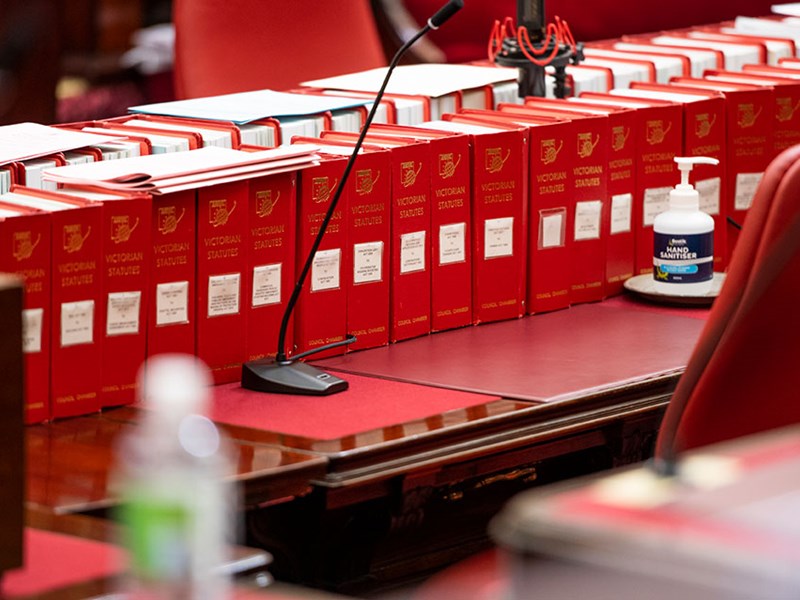How a law is made: Video series

This series of short videos explores the process of passing a bill through parliament, from identifying the initial need through to Royal Assent and the bill becoming an Act of Parliament, in other words a law.

This series of short videos explores the process of passing a bill through parliament, from identifying the initial need through to Royal Assent and the bill becoming an Act of Parliament, in other words a law.